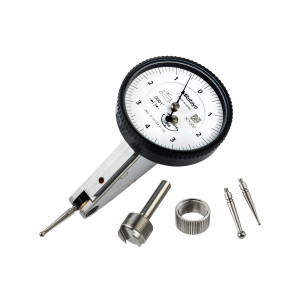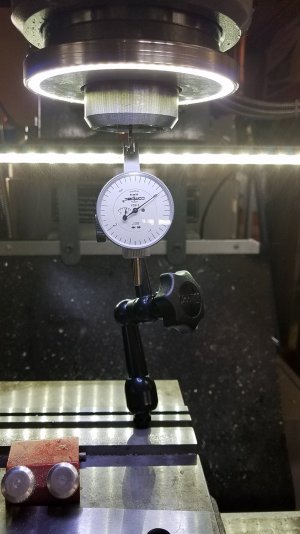- Joined
- Feb 28, 2019
- Messages
- 499
Yes, thanks. This does look like a good place to buy indicators.
The Mahr site has technical specs for each model.
The catalog helps quite a bit - starting on page 102. On page 110, in the table I can see that the 801 SGE is probably the best choice.
And less than what I was looking at at MSC.
Again thank you.
This is very much in the realm of what I'm looking for. However still having trouble with they way the throw around Accuracy, Resolution and mix other stuff in.Mahr MarTest Dial Test Indicator Model 801SGE MAHR 4308985 Top Mount grads 0.00005" Dial Dia. 1.5"
The Mahr site has technical specs for each model.
The catalog helps quite a bit - starting on page 102. On page 110, in the table I can see that the 801 SGE is probably the best choice.
And less than what I was looking at at MSC.
Again thank you.



